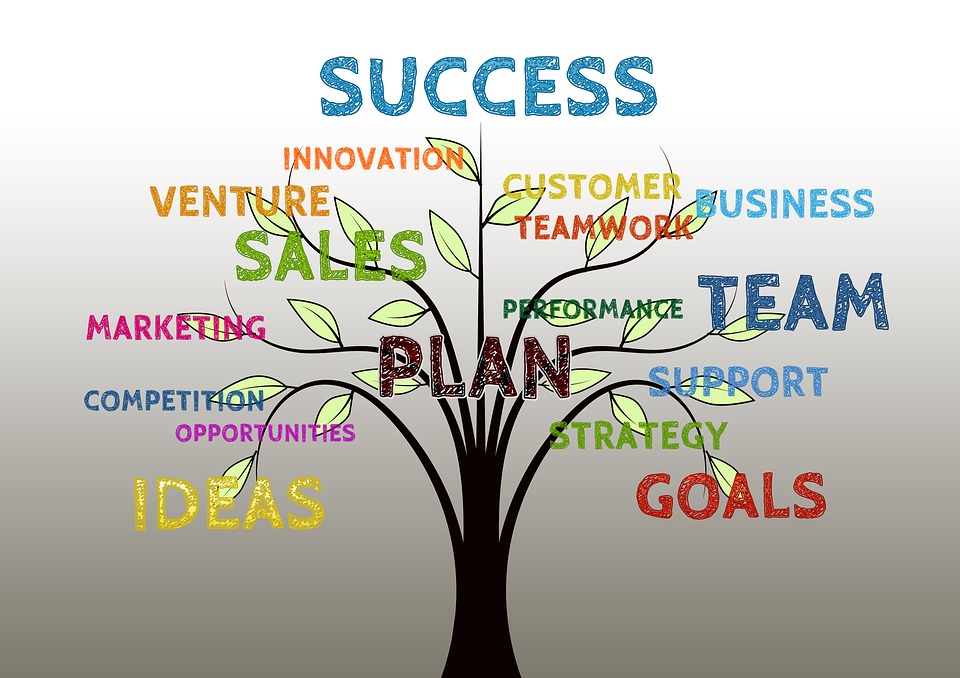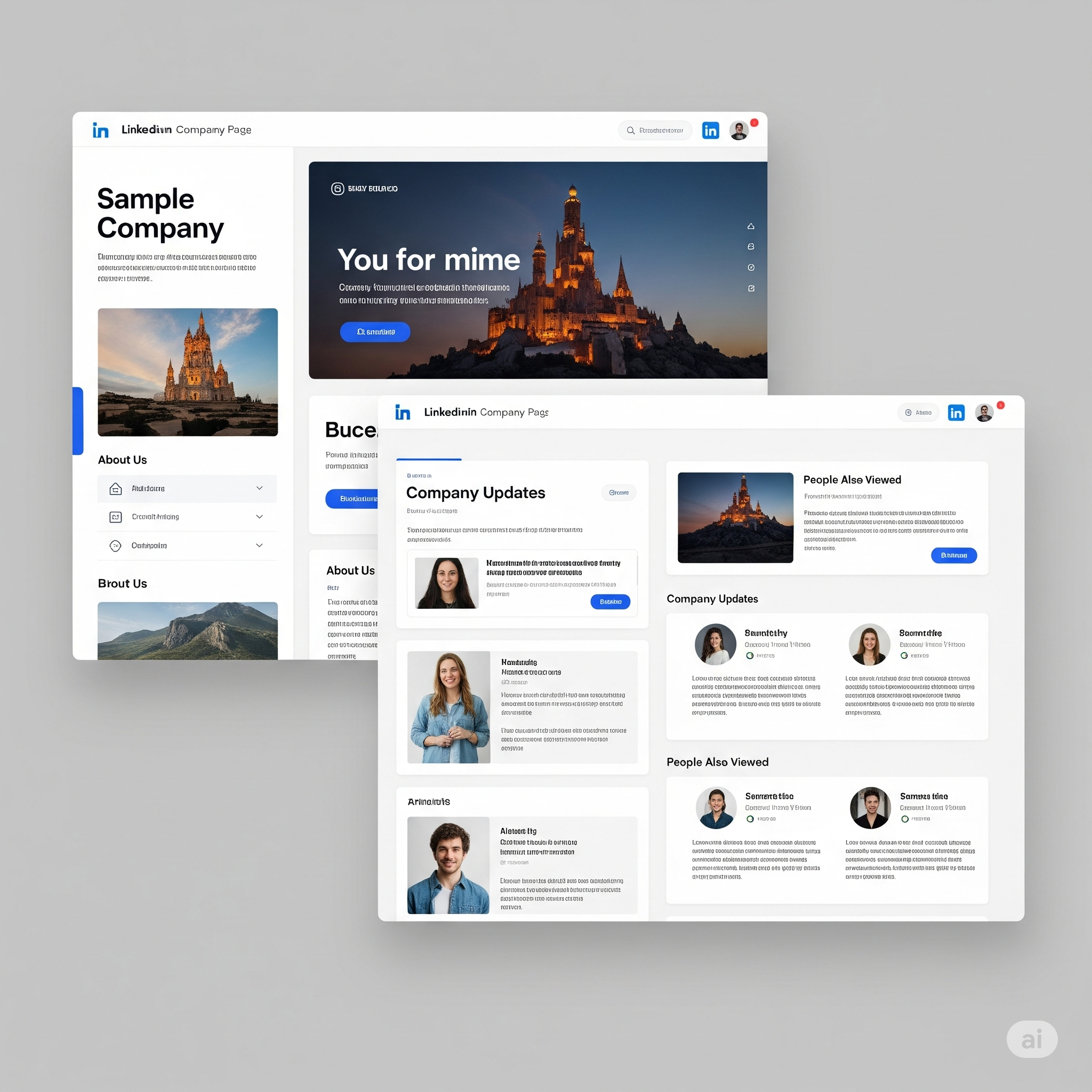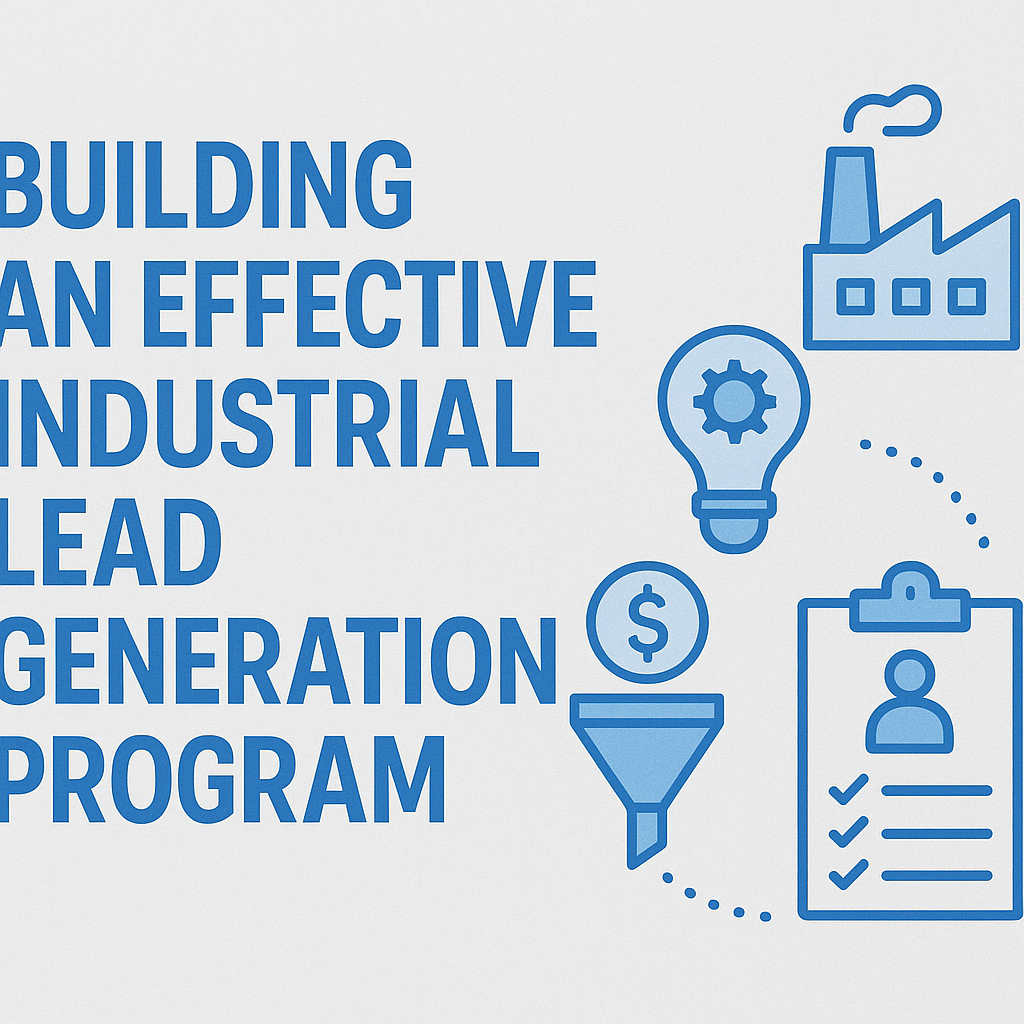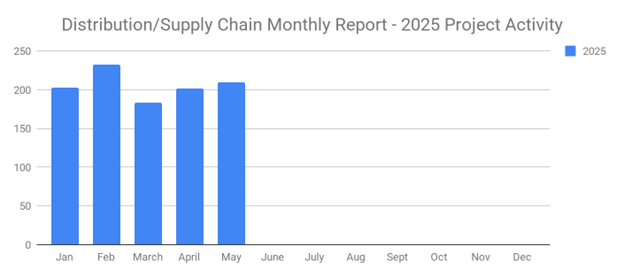
As a B2B sales rep, you already have a solid understanding of the various stages of the buying process, but it’s always beneficial to regularly review each stage and evaluate whether you're maximizing their potential. Each step in the sales funnel or sales pipeline offers a unique opportunity for improving lead generation, business development, and customer acquisition strategies. By stepping into the shoes of your prospects, you gain critical insight into their decision-making journey, which can help you convert more leads and prospects into paying customers. This process becomes even more critical in complex sectors like industrial lead generation, manufacturing construction, and outsourced sales development, where the length of the sales cycle and the intricacy of the products or services can significantly influence outcomes. With a more personalized approach that aligns with the unique needs of the industry, such as food and beverage construction or material handling sales, you can optimize your strategies and enhance demand generation efforts. So, what are the different stages of a typical B2B buying process?
Awareness
The first stage of the B2B buying process is awareness. At this phase, the buyer recognizes a problem or need within their business or department that requires a solution. This awareness may stem from operational inefficiencies, such as a manufacturing company needing to upgrade its equipment to meet rising customer demand or a food and beverage construction company seeking solutions to streamline project timelines. The challenge at this stage is to ensure your product or service appears on the buyer’s radar. By aligning your lead generation strategy with this stage, you can focus on creating informative, problem-solving content that highlights how your company’s offerings can address the specific issues a buyer is facing. In industries like forklift sales or industrial construction projects, where decision-makers often rely on data and industrial market intelligence to make informed decisions, it’s crucial to provide educational resources that build this awareness effectively.
Exploratory Research
Once a buyer becomes aware of a problem, they move into the exploratory research stage. During this phase, buyers—or their team—begin investigating potential solutions. This is where your appointment setting services or b2b lead generation agency comes into play, ensuring your brand is visible when buyers begin their search. Buyers will typically turn to search engines, industry reports, and trade shows or consult with colleagues to find viable options. Here, it’s essential that marketing and sales teams work in unison, ensuring the information the buyer finds is consistent across all channels. High-quality content that addresses their specific pain points will help your company stand out in this crowded phase. Whether you’re in manufacturing lead generation or industrial material handling marketing, positioning your product as a leading solution at this stage is key to driving potential customers further down the sales funnel.
Evaluation
After conducting research, the buyer moves to the evaluation stage, where they begin comparing the solutions they’ve identified. At this point, they are narrowing down their choices, often weighing the features, pricing, and overall value of your offering against your competitors. This is a critical phase where lead nurturing becomes essential. A buyer may be comparing multiple industrial construction leads or evaluating which outsourced business development service aligns best with their company's goals. The buyer might watch comparison videos, read online reviews, or ask colleagues about their experiences with different vendors. This is where having a strong industrial sales strategy or a comprehensive manufacturing marketing plan helps. By clearly differentiating your product's unique value, such as its ability to drive manufacturing revenue growth or streamline customer acquisition, you can enhance your chances of winning the sale.
Decision
Once the evaluation is complete, the buyer enters the decision stage. They have likely narrowed down their choices to one or two final options. Here, the role of the sales development team becomes even more critical. At this stage, it’s important to present compelling educational materials that solidify your company as the best choice. Whether you’re in forklift marketing, industrial reports, or lead generation for manufacturing, you’ll want to make sure your value proposition is clear. If your business development or outsourcing lead generation strategies have been effectively executed, the buyer will feel confident choosing your product or service to solve their business problem.
Contact
The final stage of the buying process is contact. After choosing your product or service, the buyer will reach out to your company, usually through email or phone, to initiate the next steps. This stage requires excellent communication from both the sales and appointment setting teams. By ensuring your staff is well-prepared to handle inquiries and guide the buyer through any final concerns, you can further increase your conversion rate. It's critical to use this opportunity to confirm what the buyer already knows and fill in any gaps, thereby reinforcing their decision to choose your company.
Tips to Nurture Buyers Through the Buying Process
One of the most effective ways to nurture buyers is by highlighting the tangible benefits of your product. Whether you’re in industrial lead generation or offering manufacturing outsourced sales development, focusing on the value your product brings—such as improved operational efficiency, cost savings, or scalability—will help to accelerate the buying decision. Tools like SalesLeads’ Project Report System can offer prospects a hands-on way to explore solutions and experience value firsthand.
You can nurture buyers through the buying process in several ways, one of which is to highlight the benefits of your B2B company's product or service. For instance, SalesLeads allows potential new users of the Project Report system by opening a complimentary account. It gives the potential customer the freedom to explore the software system and understand the quality of information they will receive. For instance, you can search project reports in various stages, size of project or by industry to name a few. The prospect can read through the description of the project and decide if this is the type of sales leads they want to get.
One common mistake in the B2B sales cycle is failing to tailor your approach to the specific stage the buyer is in. Treating all prospects the same can significantly hinder your ability to convert leads into customers. For an effective sales strategy, you must identify the current stage of the buying process and align your tactics accordingly. This is particularly true for industries like manufacturing or construction, where high-value decisions take time and careful consideration.
Another valuable approach is to utilize multiple communication channels. While many B2B buyers prefer email, some industries—like forklift sales or industrial material handling sales—may respond better to phone calls or even direct mail. Adapting your communication strategies based on the buyer’s preference will lead to higher engagement and more opportunities to close the sale. By adopting these strategies and tailoring your approach to each buyer’s needs, you can significantly improve your sales outcomes and increase overall business development success.
Conclusion
Understanding the stages of the B2B buying process is essential to refining your sales strategy and improving your business development efforts. By regularly reviewing and optimizing each stage, you can better align your company's offerings with the specific needs of your buyers. Whether your focus is on industrial lead generation, appointment setting, or outsourcing sales development, the key is to be adaptable and proactive. By effectively nurturing leads through the awareness, research, evaluation, and decision stages, you’ll position your company as the best solution to your buyers' problems, ensuring long-term success and revenue growth.
What to learn more? Get in Touch





